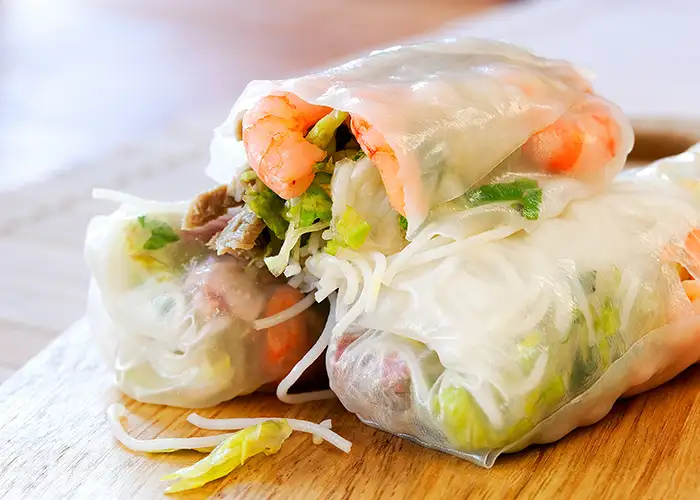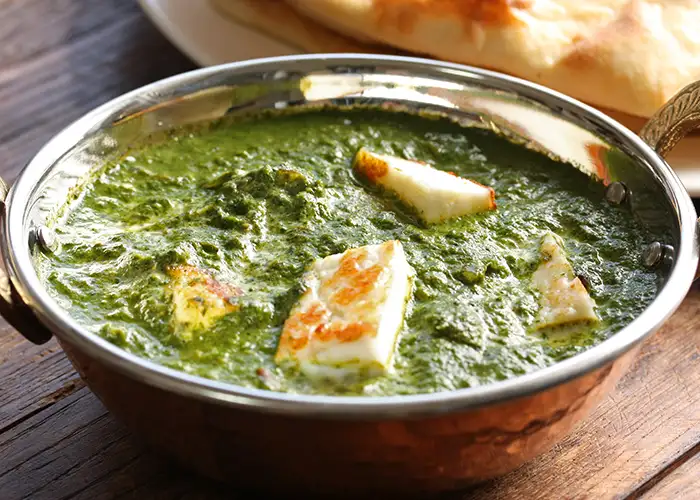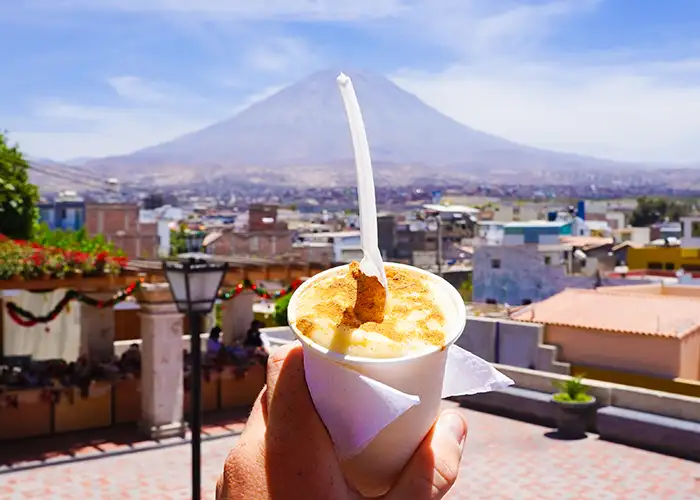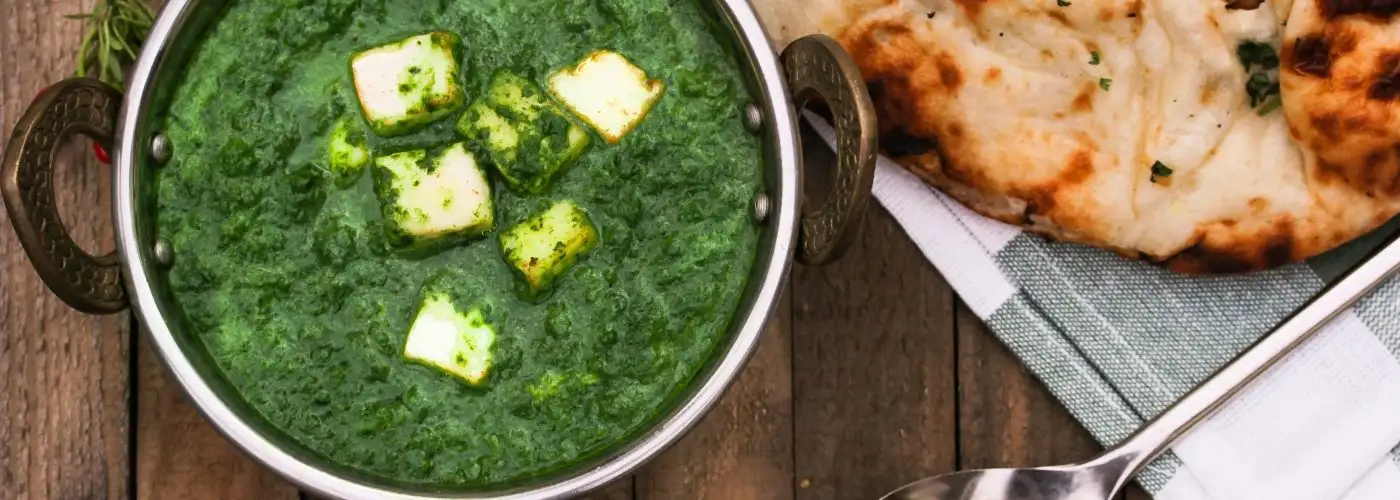Travel is about exploration and learning—and trying a new food is an ideal way to shock your taste buds and open your mind. Whether you’re on the streets of Italy with waiters begging you to join them for dinner or sampling the steaming wares at a street cart in Bangkok, every encounter with new international foods is not just an opportunity to “Mangia, mangia!” but also to get out of your comfort zone, meet the locals, and learn something new.
Can’t decide where to take your next bite? We’ve chosen 11 international foods to sink your teeth into. They’re all important and iconic to their cultures—and they taste pretty amazing, too.
Spring Rolls, Vietnam

Spring rolls play a huge role in Asian cuisine, and Vietnam is no exception. A popular Vietnamese spring roll dish is nem nuong cuon, which is grilled pork sausage wrapped in rice paper with lettuce, cucumber, carrot, daikon, and mint served with a (usually secret) special sauce.
Its cousin, goi cuon, utilizes the same basic ingredients but with shrimp in addition to pork. Nem nuong cuon and goi cuon can be found at food carts and in practically every restaurant in the country.
Cevapcici, Balkan States

Croatia, Bosnia, Serbia, and Montenegro may have a divided history, but cevapcici is a fan favorite across all borders. Depending on where you are in the Balkans, the type of meat used in the dish may differ—usually pork, lamb, beef, or a combination of the three. Cevapcici is prepared with onions and garlic and then grilled, boiled, or fried. Five to 10 finger-sized pieces of sausage are often served with home-baked breads used to make sandwiches. On the side you’ll typically find ajvar, a spread that will have you licking your fingers to get every last bit of the roasted red peppers.
Gnocchi, Uruguay

Unless you’ve been to Uruguay on the 29th of the month, you’ve probably never heard of Dia de Noquis, or Gnocchi Day. The custom of eating gnocchi on the 29th is simple. By the end of the month money has run out, and the combination of potatoes, flour, and an egg makes for a budget-friendly dish. Many Uruguayan restaurants advertise their gnocchi dishes, and a favorite is the classic, noqui de papa, or potato gnocchi.
Don’t forget to put some money under your plate as you eat. According to tradition, doing so ensures good luck and prosperity for the following month.
Meze, Middle East and Mediterranean

Can’t decide what to eat off the menu? Order meze (also spelled mezze). It’s this part of the world’s version of Spanish tapas. Depending on where you are, meze could include a variety of local dishes that may include labne (strained yogurt cheese), baba ghanoush (seasoned diced eggplant), muhammara (a hot pepper dip with breadcrumbs and walnuts), and tabbouleh (bulgur, finely chopped parsley, mint, tomato, scallions, lemon juice, and olive oil).
If you don’t want to make a decision on the menu, or just want to enjoy the social aspect of sharing a variety of small plates, this is the way to go.
Poutine, French Canada

This traditional Quebecois dish is made with French fries, brown gravy, and cheese curds. In the not-so-distant past, celebrities and public officials would sometimes hide their passion for poutine because of its working-class origins. But its popularity is on the rise, and these days chefs are adding meat, caramelized onions, and other twists to this famous, gluttonous dish.
While you may think you’ve seen fries and brown gravy before—New Jersey and your disco fries, I’m looking at you—you haven’t had poutine until you’ve had those fries and brown gravy with squeaky cheese curds. Squeaky, you ask? If the curds squeak as you chow down, it’s a sure sign that they are the freshest curds.
Completo, Chile

Chile ranks among the world’s top producers of avocados. Its unique natural barriers—the Pacific Ocean to the west, the Andes Mountains to the east and the Atacama Desert to the north—help protect vulnerable avocado trees from pests and disease. To sample a Chilean avocado staple, order a completo. It’s a hot dog, twice the size of an American hot dog, topped with avocado, tomatoes, sauerkraut, and mayonnaise. If that’s not your thing, don’t despair; avocados are indispensable to the Chilean diet and there are plenty of options to include avocado in each meal.
Kangaroo Meat, Australia

Kangaroo has long been eaten by Australia‘s Aborigines. The meat has lots of protein but very little fat. It can be prepared much the same as other meats—as a roast, skewered, or made into sausages or medallions. The meat is best cooked medium rare to medium in order to capture the flavors.
While you’re in Australia, you might want to give kangatarianism a whirl. Kangatarians eliminate all meat from their diets except kangaroo. The argument is that the kangaroos are treated humanely and it’s good for the environment, as the animals are the ultimate source of free-range, organic meat.
Churros and Chocolate, Spain

As if the sugar-coated, crispy pastry deliciousness of a Spanish churro weren’t enough, try dunking the fried dough into a steaming cup of thick hot chocolate. Forget a bowl of cereal or a plate of scrambled eggs; churros and chocolate is how the Spaniards take their breakfast. Need we say more?
Saag Paneer, India

Spinach, chunks of paneer cheese, and spices make up this vegetarian Indian favorite, typically served with rice and a side of warm naan. Paneer is a unique and versatile dairy product. This non-melting cheese typically has the consistency of tofu (which is actually a recommended substitution if you are preparing the dish without paneer). Second, the making of paneer does not involve rennet. This makes the cheese completely lacto-vegetarian and a key source of protein for vegetarians.
Lobster Rolls, U.S.A.

Lobster or lob-stah? Whichever way you pronounce it, it’s best sampled fresh from a lobster shack in New England. Lobster rolls include a lightly buttered, toasted hot dog bun stuffed with any combination of claw, knuckle, and tail meat. The fillings are what differentiate one lobster shack from another; they may include diced celery, scallion, butter, and/or mayonnaise along with lemon juice, salt, and pepper. Lobster rolls are served with chips, fries, or pickles.
Queso Helado, Peru

The proper translation of this tasty treat is literally “cheese ice cream.” Fortunately, there’s no actual cheese in it; the name stems from its traditional preparation, which makes the dish look more like sliced cheese than a scoop of ice cream.
Queso helado is reminiscent of frozen rice pudding flavored with cinnamon. Some say it’s like creamy shaved ice. It’s made from sweet milk with a touch of coconut or cinnamon. Arequipa, Peru, might be the birthplace of queso helado, as noted by the excessive number of shops and street carts advertising their own version.
More from SmarterTravel:
- 5 Foods to Avoid Before Flying
- How to Save Money on Food When You Travel
- The World’s Best Sandwiches
—written by Lori Sussle
Editor’s Note: This story was originally published in 2017. It has been updated to include the latest information.
We hand-pick everything we recommend and select items through testing and reviews. Some products are sent to us free of charge with no incentive to offer a favorable review. We offer our unbiased opinions and do not accept compensation to review products. All items are in stock and prices are accurate at the time of publication. If you buy something through our links, we may earn a commission.
Related
Top Fares From
Today's Top Travel Deals
Brought to you by ShermansTravel
Shop and Save with Country Inns...
Patricia Magaña
 Hotel & Lodging Deals
Hotel & Lodging Deals
$229 -- Chicago: Discounted Rates and...
Francesca Miele
 Hotel & Lodging Deals
$229+
Hotel & Lodging Deals
$229+
$188 -- Honolulu: Save on Oceanview...
Abigail Lamay
 Hotel & Lodging Deals
$188+
Hotel & Lodging Deals
$188+




